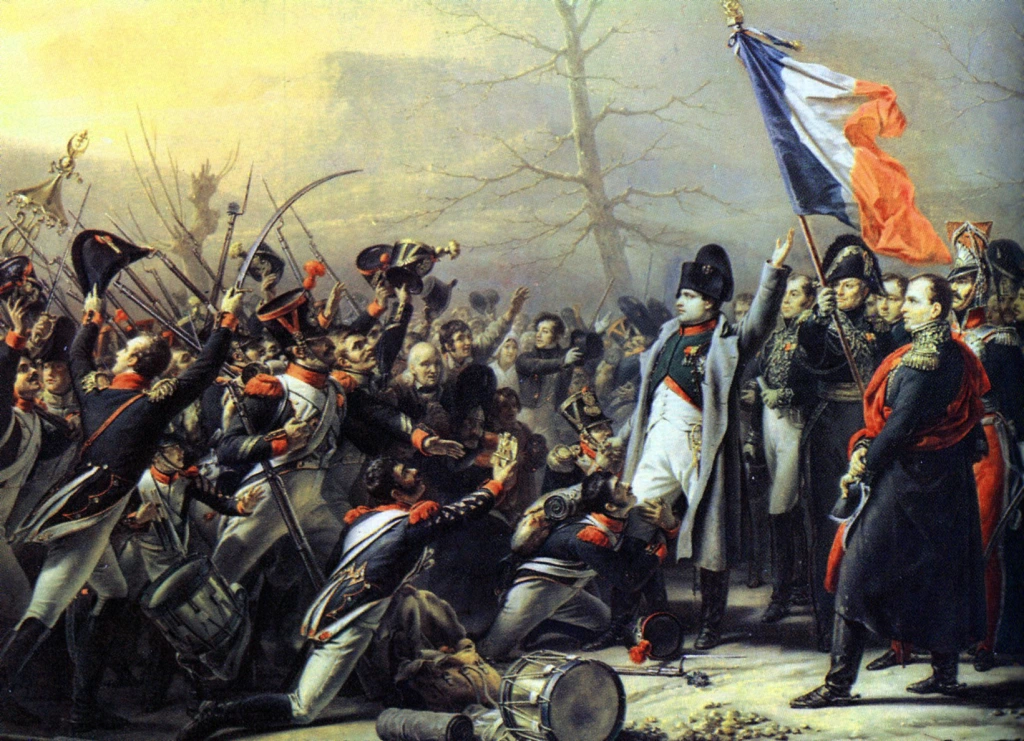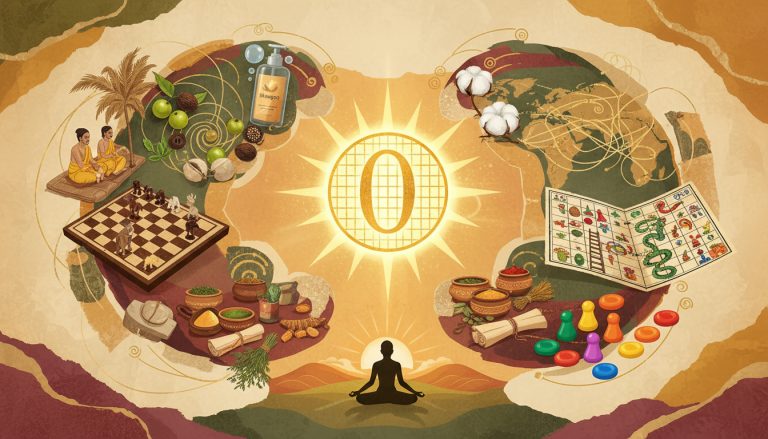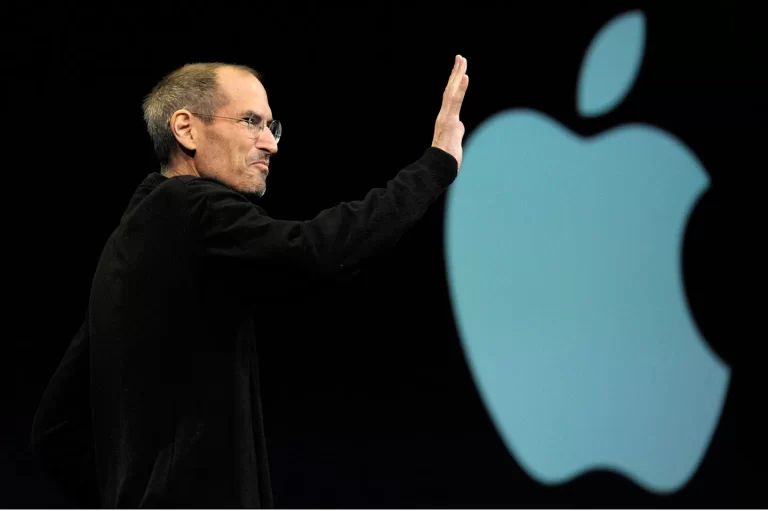War does not end when the guns fall silent. It seeps into the air, into schedules, into the architecture of cities, and into the daily rhythms of life. The world we live in, the offices, the suburbs, the global networks of trade and power, is stitched from the decisions, mistakes, and horrors of wars that began long before our lifetimes. Look closely, and you can still see their fingerprints everywhere.
World War I: The War That Changed Everything
The first global war was trenches and mud, lice crawling through soldiers’ hair, and letters home that never arrived. Europe tore itself apart. Borders vanished, empires collapsed, Austria-Hungary, Ottoman, Russian, and entire nations were born from the rubble.
Key Impacts
- Geopolitical Shockwaves
New nations, fragile alliances. The map was redrawn on a whim by diplomats who never saw the blood in the fields. - Economic Aftershocks
Cities burned, factories were idle, inflation and poverty. The Great Depression was seeded in the fallout of cannons and mustard gas. - Social Upheaval
Women replaced men in factories, offices, fields, only to be pushed back when soldiers returned. Yet the change lingered, a quiet challenge to old hierarchies.
World War II: Global Firestorm
Over 100 million people mobilized. Cities leveled, skies dark with bombers, oceans dotted with convoys. The world watched its own death spiral. The war left a scar that shaped diplomacy, power, and ambition for decades.
Key Impacts
- United Nations
Formed in the hope of stopping the next inferno. A noble idea, but also a testament to the failure of diplomacy. - Cold War Roots
From the ashes emerged two titans, the U.S. and the Soviet Union, squaring off in an invisible, tense battle for global dominance. - Decolonization
Colonies breathed free air for the first time in generations. Independence was messy, violent, and often incomplete, leaving legacies that still haunt politics today.
The Cold War: Shadows and Proxy Fires
No bullets crossed superpower borders, yet millions died in distant lands. Korea, Vietnam, Afghanistan, these were the battlefields. Fear of nuclear annihilation hummed through every newsreel, every classroom drill.
Key Impacts
- Nuclear Menace
ICBMs and hydrogen bombs transformed strategy and anxiety alike. Whole generations grew up under the shadow of potential extinction. - Proxy Wars
Local conflicts amplified, manipulated, and used as pawns in a game no one could fully control. Civilians paid the real price. - Tech Race
Rockets to the moon, computers in labs, innovation born from fear and competition, proof that human ingenuity and human suffering often travel together.
Vietnam: The Quagmire
Jungle heat, booby traps, villages turned into ghost towns. Soldiers returned home broken, protesters filled streets, and the nation itself fractured. Victory was impossible. The war left wounds deeper than the body count could show.
Key Impacts
- Public Dissent
Citizens marched, shouted, sometimes bled. Democracy wrestled with the morality of intervention. - Military Lessons
Tactics rewritten in real time. Helicopters, guerrilla strategies, and intelligence operations, the modern military learned in pain. - Veteran Reality
Invisible injuries, PTSD, families strained society forced to confront the human cost of strategic decisions.
6. The Gulf War: Precision and Projection
Desert storms, night skies lit by guided bombs. Modern warfare looked clean on the news. The reality on the ground? Civilian neighborhoods hit, cities destabilized, lives interrupted.
Key Impacts
- Tech at War
Satellites, smart bombs, real-time coordination, the machinery of death became precise, yet not infallible. - Coalitions in Action
Nations working together, yet often for overlapping, opaque reasons. Power was projected globally, but accountability remained local. - Sanctions and Economics
A different kind of warfare punishing civilians, starving systems,and reshaping regional economies with invisible hands.
War on Terror: Endless Shadows
September 11 changed everything. Airplanes became weapons; borders, rules, and trust all transformed overnight. The War on Terror is not a single war, but a continuous unraveling of conflict, policy, and human lives.
Key Impacts
- Security Everywhere
Airports, streets, data streams. We live in a world constantly scanning for threats, paranoia institutionalized. - Extended Engagements
Afghanistan, Iraq, drone zones, wars without clear ends, soldiers rotated in cycles, civilians trapped in limbo. - Rights Under Strain
Detentions, surveillance, moral compromise. Justice became a negotiation between fear and principle.
FAQs
Q1: How do wars affect civilians?
A. They die, flee, lose homes, memories, stability. And even if they survive, the rhythms of life, school bells, work shifts, market days, and bear the scars.
Q2: Long-term economic impacts?
A. Collapsed markets, rebuilt economies, global debts. Wars make nations borrow from the future and make ordinary people pay in lost wages and dreams.
Q3: Social structures?
A. Roles shift violently. Women work, children adapt, hierarchies fracture. Recovery never restores exactly what was lost.
Q4: International law?
A. Promises on paper, enforcement uneven. It protects sometimes, fails others. Humanitarian ideals collide with strategic ambitions.
Q5: Recovery?
A. Slow, jagged, uneven. Infrastructure, hearts, and laws were rebuilt imperfectly. Community flickers through cracks, resilient yet fragile, reminding us that survival is stubborn, human, and messy.






